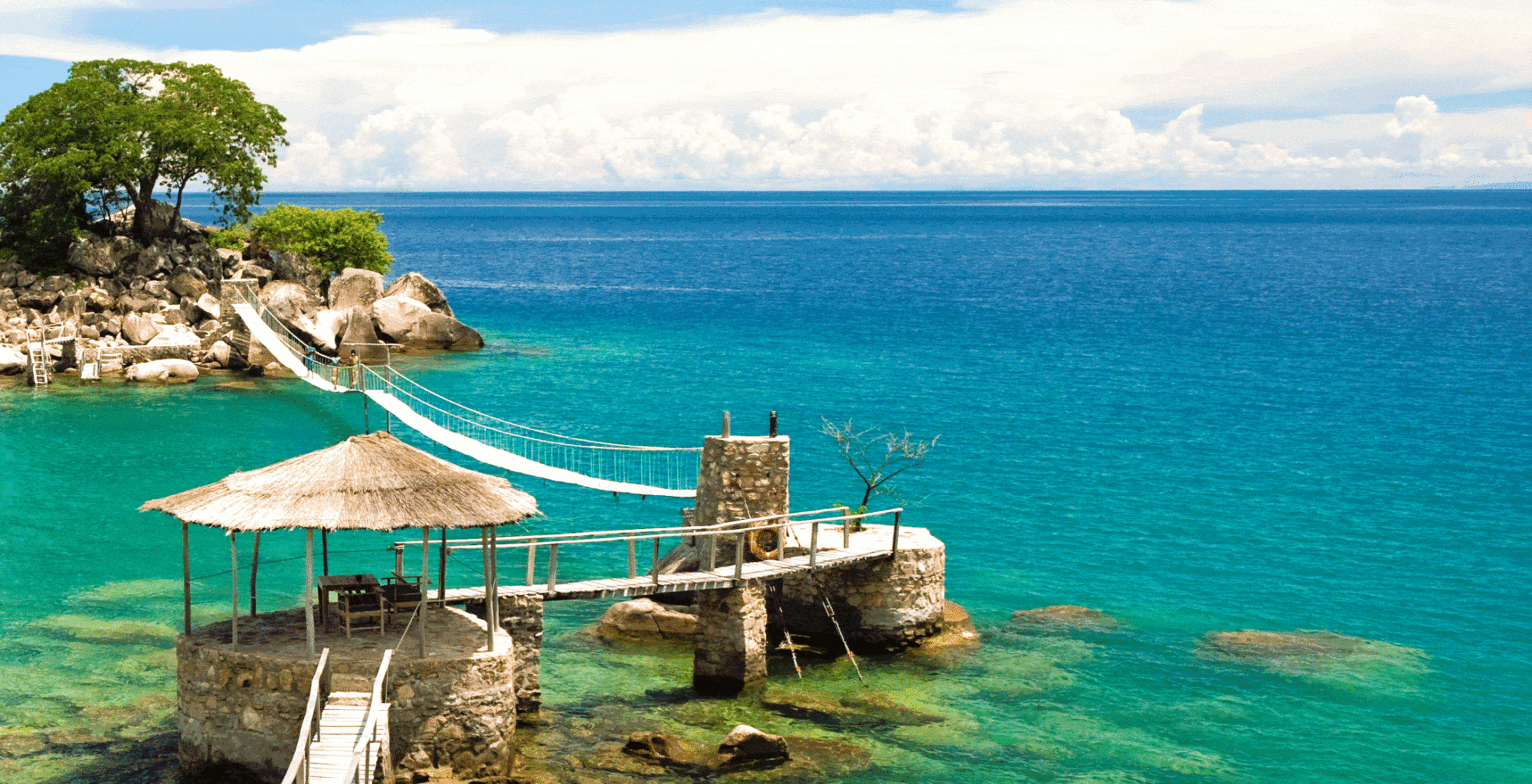It’s rare that one has to appeal on behalf of a country so big and so stunningly obvious as Malawi, but that’s exactly what this short post intends to do. I was fortunate enough to visit in 2010, with my family, where we toured Lake Malawi and nearby parks.
Too long settled for as last choice, it possessing neither sea front nor world famous park, Malawi receives relatively short thrift as a safari destination, and while I can see how, there’s no reason why this should be the case. In fact, it seems to me that the reasons as to why a first time traveller is much more likely to pick Kenya or South Africa are exactly the same for why we ought to be encouraging travellers to look at Malawi. It has everything – and more.
Malawi’s jewel is clearly its lake. However, even calling it this, a lake, does it a grave disservice. It is, of course, by definition a lake, but in reality looks and feels more like a sea. It’s 600 by 80 kilometres large, up to seven hundred metres deep, and home to over 500 species of fish. It’s lined by golden beaches, holds islands, is big enough to be traversed by ships and has for thousands of years been the life force that has sustained myriad cultures. More, given its imagined inaccessibility, it remains relatively untouched, its waters clean enough to drink, its camps and lodges doors to a veritable paradise. It’s an inland sea of unparalleled beauty.
When I visited five years ago, we spent much of our time beach hopping, guests at the likes of Mumbo Island and Kaya Mawa Lodge, swimming, snorkelling, diving and sailing the lake’s beautifully clear waters. We took game drives out into nearby Liwonde National Park, which though can’t honestly be said to compete with the likes of the Kruger or the Maasai Mara on the basis of volume of wildlife, certainly holds its own in terms of diversity. We visited a heterogeneous set of lakeside communities, their different religions and lifestyles and traditions setting them apart not only from us, but also from their neighbours. We didn’t get out to Nyika National Park or to Mt Mulanje, not having the time, but we did link very successfully with western Mozambique, and could easily have combined the trip with Zambia.
Most excitingly, however, has been the recent rejuvenation of central Malawi’s big game potential, with the opening of Majete and Nkhotakota, the country’s first wildlife reserves in 15 years. Both are home to two new lodges, and while still in their infancy vis-a-vis attracting large numbers of predators, the fact that they exist speaks volumes. Malawi is on its way to challenging the most well known destinations – and on their own terms.
